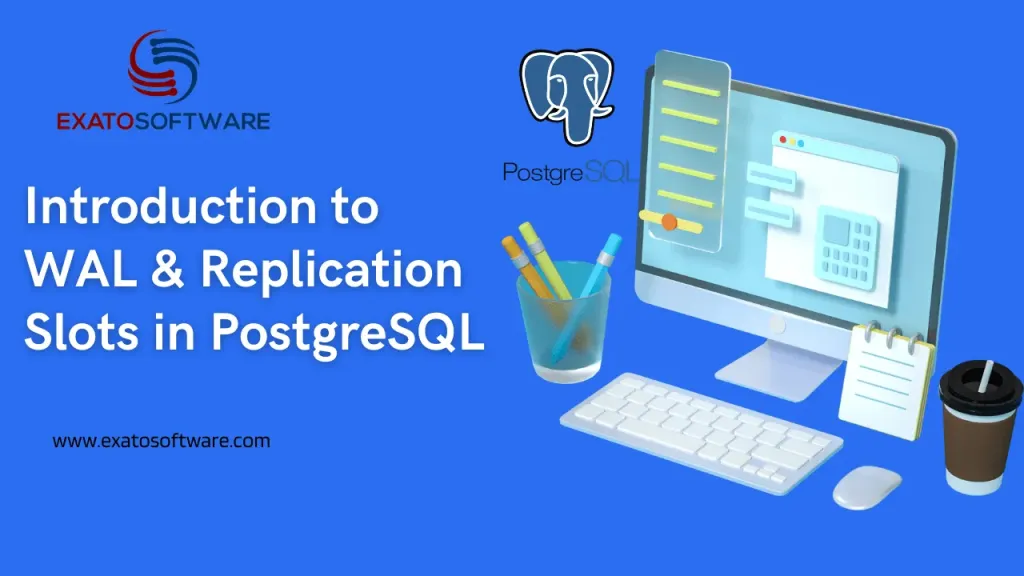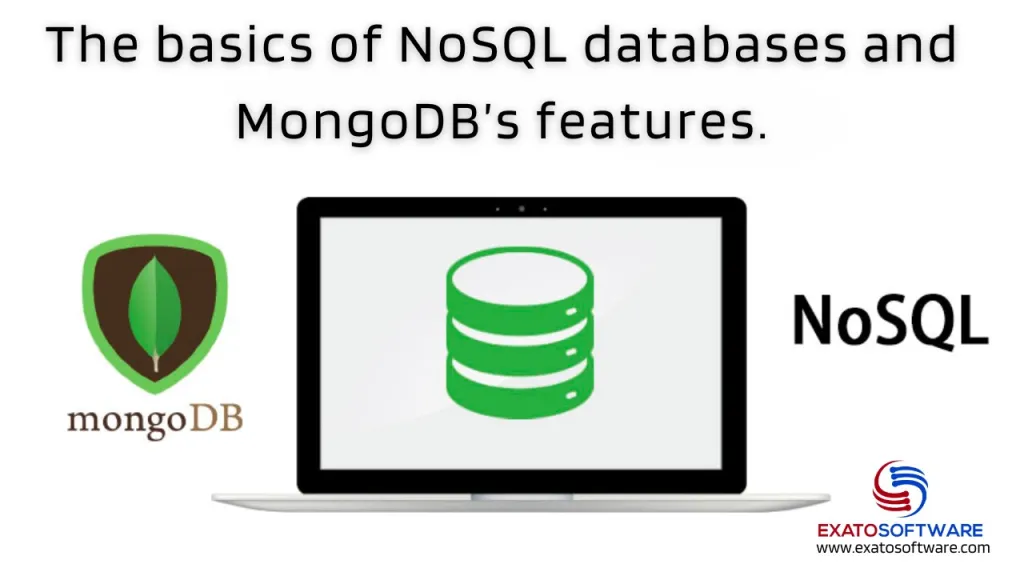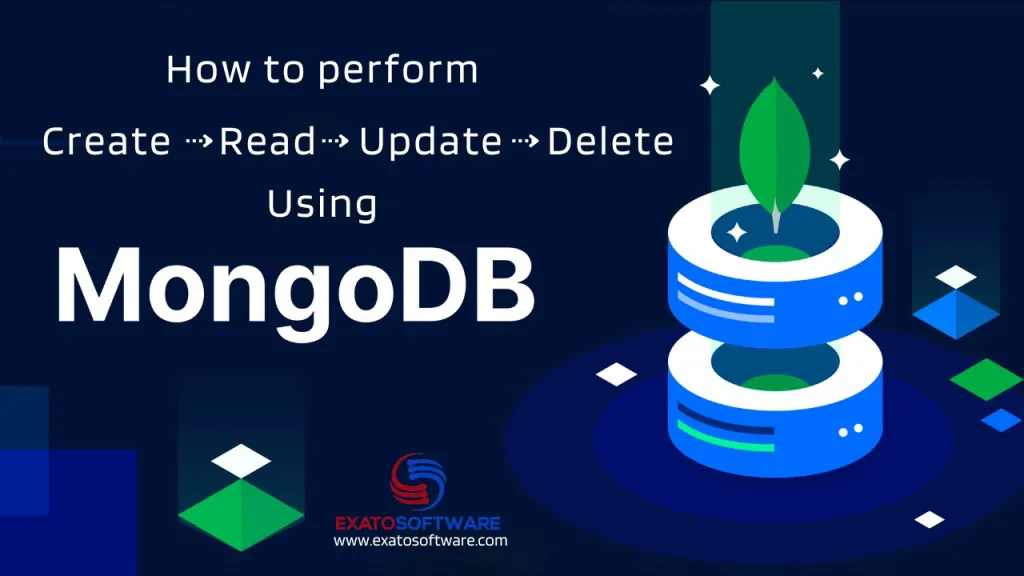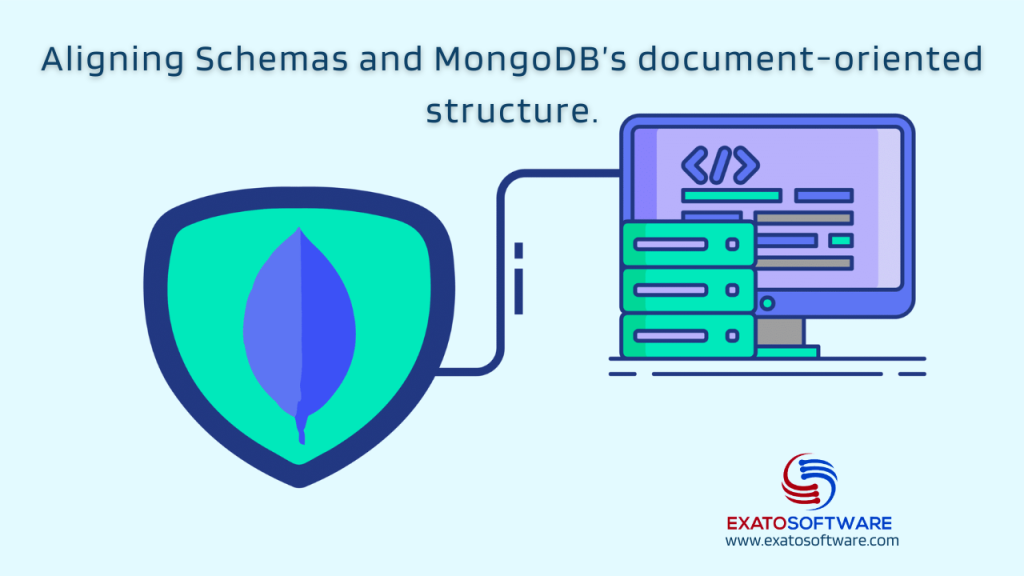Application of replication slots in PostgreSQL
Replication slots in PostgreSQL are a mechanism for streaming physical and logical replication to keep the standby servers current with changes from the primary server. Replication slots help manage the data flow between primary and standby servers. Physical replication slots and logical replication slots are the two primary categories of replication slots in PostgreSQL. 1. […]





